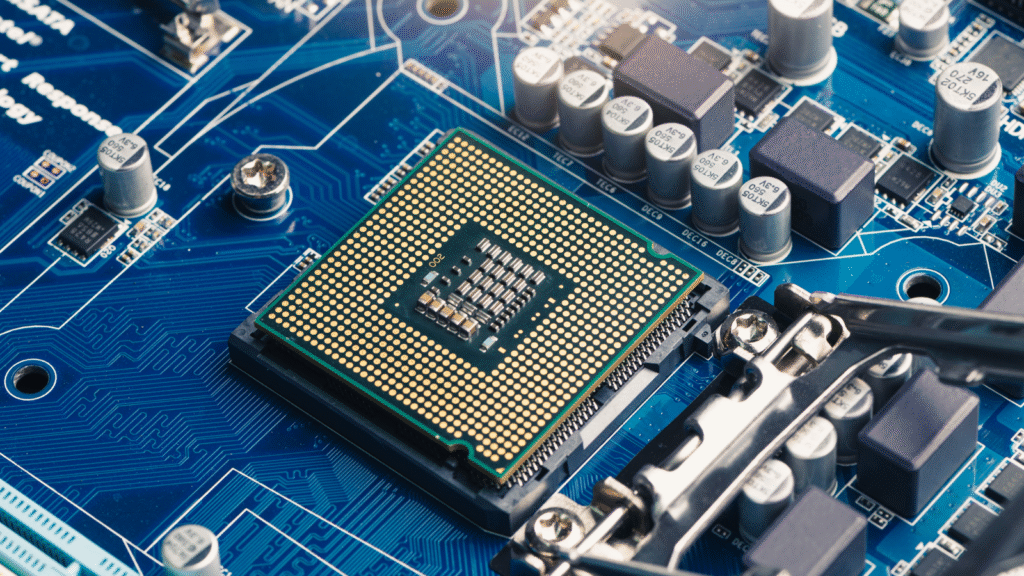Chinese scientists have developed a new chip with a twist. It is analog, meaning it performs calculations in its own physical circuitry rather than through the binary ones and zeros of a standard digital processor.
Additionally, its developers say the new chip outperforms top-end graphics processing units (GPUs) from Nvidia and AMD by a factor of 1,000.
you may like
When tackling complex communications problems, including matrix inversion problems used in large-scale multiple-input multiple-output (MIMO) systems (wireless technology systems), the chip matched the accuracy of standard digital processors while consuming about 100 times less energy.
With some tuning, the device was able to outperform top-end GPUs like the Nvidia H100 and AMD Vega 20 by as much as 1,000 times, according to the researchers. Both chips are major players in AI model training. For example, Nvidia’s H100 is a new version of the A100 graphics card that OpenAI used to train ChatGPT.
The new device is built from an array of resistive random access memory (RRAM) cells that store and process data by adjusting how easily electricity flows through each cell.
Unlike digital processors, which calculate in binary ones and zeros, analog designs process information as a continuous current across a network of RRAM cells. By processing data directly within its own hardware, chips avoid the energy-intensive task of passing information between themselves and external memory sources.
“The rise of applications that use vast amounts of data poses challenges for digital computers, especially as scaling traditional devices becomes increasingly difficult,” the researchers said in their study. “Benchmark results show that our analog computing approach can deliver 1,000 times higher throughput and 100 times better energy efficiency than state-of-the-art digital processors with the same precision.”
old techniques and new tricks
Analog computing is not new. In fact, quite the opposite. The Antikythera Mechanism, discovered off the coast of Greece in 1901, is estimated to be over 2,000 years old. Calculations were performed using interlocking gears.
But for most of the history of modern computing, analog technology was dismissed as an impractical alternative to digital processors. This is because analog systems rely on continuous physical signals, such as voltage or current, to process information. These are much more difficult to control precisely than the two stable states (1 and 0) that digital computers have to deal with.
you may like
The advantage of analog systems is speed and efficiency. Analog chips can process large amounts of information simultaneously using far less energy because calculations don’t have to be broken down into long strings of binary code, but instead are represented as physical operations on the chip’s circuitry.
This will be especially important in data- and energy-intensive applications such as AI, where digital processors are limited in the amount of information they can process in a row, and in future 6G communications, where networks will need to process large amounts of overlapping radio signals in real time.
Researchers said recent advances in memory hardware could make analog computing viable again. The research team organized the chip’s RRAM cells into two circuits. One circuit performs fast but approximate calculations, and the other refines and fine-tunes the results in subsequent iterations until a more accurate number is obtained.
Constructing the chip in this way meant the team could combine the speed of analog calculations with the precision typically associated with digital processing. Importantly, the chip was manufactured using a commercial production process, meaning it could be produced in large quantities.
The researchers said future improvements to the chip’s circuitry could further improve performance. Their next goal is to build larger, fully integrated chips that can handle more complex problems faster.
Source link

